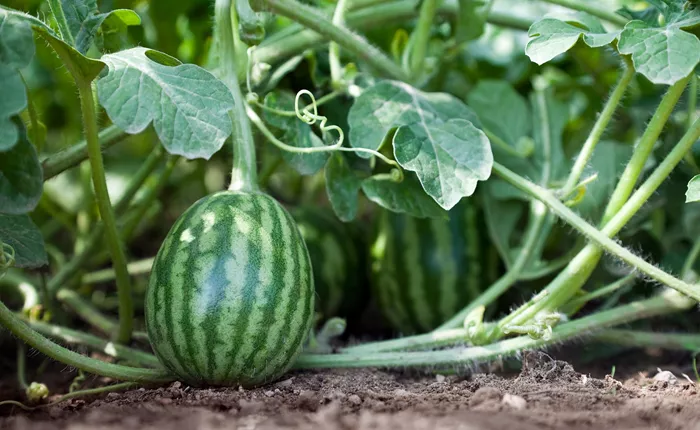Nothing beats biting into a fresh slice of watermelon during summer. If you love this juicy fruit, why not grow your own watermelon plants right in your garden? Here’s a complete guide to planting, nurturing, and harvesting watermelons from seed.
Choosing the Right Watermelon Plants
With over 1,200 watermelon varieties available, picking the right one is key to a successful garden. Popular types like Jubilee, Crimson Sweet, and Sugar Baby are favorites for their sweet flavor and vibrant color. When selecting seeds, opt for varieties with a high germination rate and consider your climate and garden space, as watermelons need plenty of room—about 20 to 25 square feet per plant.
Preparing Your Garden for Watermelon Plants
Watermelons thrive in warm soil with a pH between 6.0 and 6.8. After the last frost, prepare your soil by loosening it and forming planting hills spaced 4 to 6 feet apart. Each mound should be about a foot tall, providing an ideal environment for watermelon roots to spread and flourish.
Starting Watermelon Seeds Indoors or Outdoors
If you want an early start, sow seeds indoors 2-3 weeks before the last frost in biodegradable pots with moist seed-starting mix. Keep seedlings warm and well-lit, and gradually acclimate them outdoors before transplanting.
Alternatively, sow seeds directly into garden mounds after the frost passes. Plant seeds about an inch deep, spacing them to avoid overcrowding, and thin seedlings to the strongest one per mound once they sprout.
Caring for Your Watermelon Plants
Consistent watering is essential—about 1 to 2 inches per week to keep soil moist but not waterlogged. Fertilize young plants with nitrogen-rich fertilizer, then switch to phosphorus and potassium as fruits develop. Watch for pests like beetles and diseases such as anthracnose; row covers can help keep bugs away.
Pollination and Flower Care
Watermelon flowers need pollination to produce fruit. If natural pollinators are scarce, hand-pollinate by transferring pollen from male flowers to female flowers—the ones with tiny watermelons at their base. This ensures fruit set and better harvests.
Harvesting Watermelons
Harvest when watermelons show a creamy yellow spot on the underside where they rested on the soil. Pick melons during dry weather to prevent disease, cut carefully from the vine, and avoid damaging the plant to encourage further fruiting.
Saving Seeds for Next Season
Watermelon seeds can be saved for future planting. Clean and dry seeds thoroughly before storing them in a cool, dry, dark place inside an airtight container.


